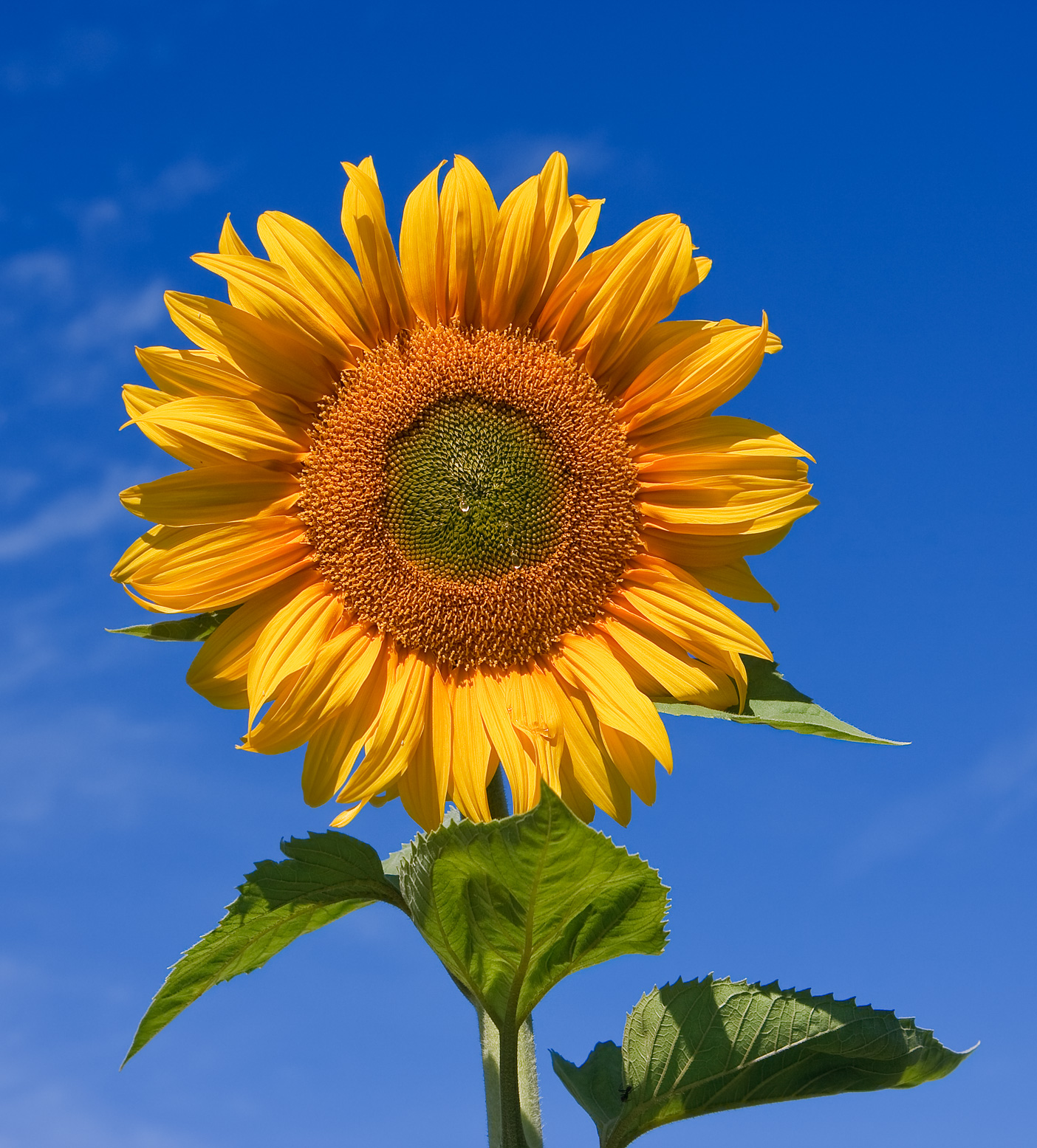
Planning
permission has been granted for a new in-vessel 14,000 tonne a year composting facility to
be developed on land at Brookfield Farm near Oswestry.
The
waste would be tipped within an indoor large steel agricultural style
building. Stockpiling, shredding and blending and loading of
wastes into large steel containers would take place out of site and
under cover within this
building. The sealed vessels will then be wheeled to a designated
area within the external rear yard where primary composting operations
would be undertaken. The composting wastes would be aerated by a
forced-air system. Exhaust air would be extracted from the vessel by a
fan and passed through the biofiltration system. Temperature would be monitored and
controlled. The system would enable the temperature to reach 65°c for a
period of 2 days, as required by Animal Byproducts Regulations. Once the initial phase has been completed, the
vessels would be wheeled into the maturation building and the material
would be formed into piles to undergo stabilisation and maturation. The
piles would be monitored and once temperatures have
fallen to a relatively constant level, the material would be screened
within the screening shed.
It is intended that compost is produced to PAS100
standard, the nationally recognised quality standard for compost. This
will ensure that compost produced is no longer classed as a waste, and
will allow the resulting compost to be sold as a product to local horticultural and agricultural outlets.
The majority of the compost produced would continue to be used on site, to be spread on the farm land as a soil improver.

 11. Use your butt whenever possible!
11. Use your butt whenever possible!




















